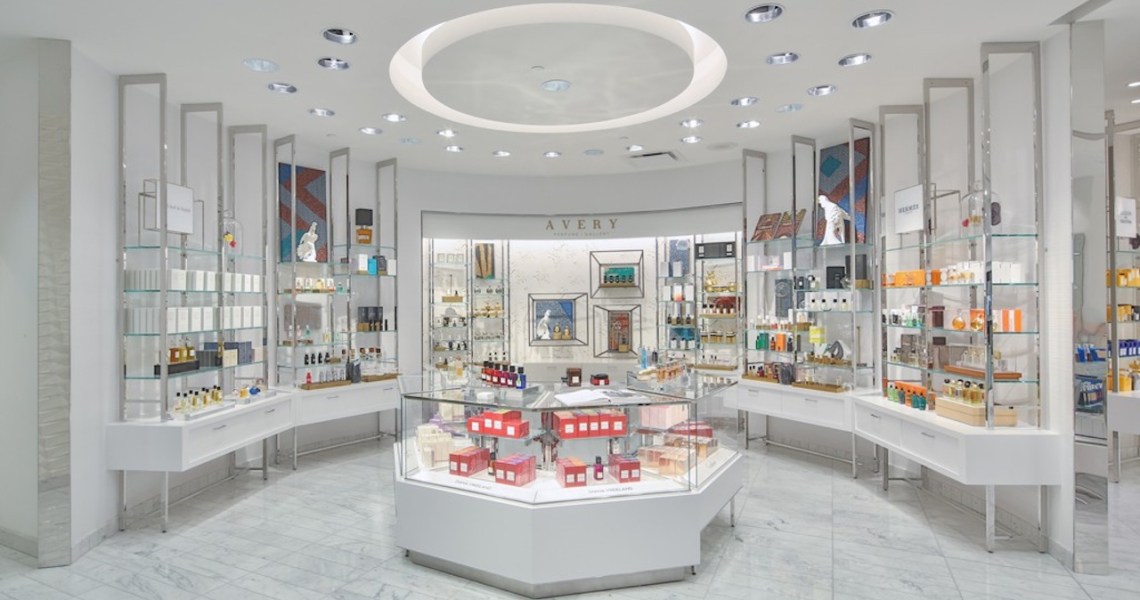The last few years have seen a high percentage of retail tech labs folding: Neiman Marcus’ Innovation Lab closed its doors in early 2019, Nordstrom’s Innovation Lab dissipated in 2015, and Target’s Store of the Future project closed in 2017.
According to Scott Emmons, who headed up the Neiman Marcus Innovation Lab for the entirety of its run before he left the company, many of these initiatives fail for the same reason.
“Lack of resources is absolutely at the top of the list,” Emmons said. “You have to have support from senior management in order to make something like that work. You can’t just plug something like this in and expect instant success without investing in it.”
Retail incubators need big investment in order to see big rewards, and the ones that have had the most success, like Walmart Labs, prove that. But without big investment and adequate support from upper management, these programs can fizzle out before they ever get the chance to make much of a difference.
Emmons said that at Neiman Marcus he was told to incubate new ideas that could be implemented by different departments. Notably, while lots of retailers have had tech programs focused on internal tech, the Neiman Marcus Innovation Lab was meant to come up with customer-facing tech. Concepts that came out of the Innovation Lab included in-store charging stations and interactive smart mirrors in the beauty department, both of which are still in place at Neiman Marcus stores today.
But Emmons said that those successes were hard won, since he was constantly scrounging for resources and struggling to maintain output without support from the higher levels of the company. When management changed, Emmons felt like the little support he was getting was drying up.
“I never felt like I got enough resources, or anywhere near enough,” he said.
Ad position: web_incontent_pos1
On the other hand, some incubators have been fruitful. Emmons cited Walmart as one that has done an excellent job of building up a strong tech incubator, giving it enough resources to actually function and making use of the ideas that come out of it. For example, Walmart Labs created a new crowdsourced delivery system last year that reduced delivery costs by more than 50%. And the company recently grew its e-commerce sales by 43%, which it attributed partially to expanded pickup and delivery options.
Walmart has been liberal with support for Walmart Labs. As of last May, Walmart Labs had grown to 6,000 employees, which a Walmart representative told Digiday it would increase by 2,000 more by the end of 2019.
At the time of the Neiman Marcus Innovation Lab’ launch, these sorts of incubators were becoming increasingly popular, with Neiman Marcus, Nordstrom and Walmart all launching similar programs in the late 2000s and early 2010s.
“We had just come out of the great 2008 crash,” Emmons said. “I think there were plenty of retailers who were struggling from the hard hit on sales and revenue from that time. It was a really tough time for retailers. Everyone was looking for ways to move the needle. Tech and innovation was the solution.”
But Chris Walton, former head of Target’s Store of the Future program, said that there’s no clear through line of why these programs rise and fall, and trying to place a narrative reason for the “rise” or “fall” of tech incubators overlooks an important detail.
Ad position: web_incontent_pos2
“I generally think this ebbs and flows more with the business strength of each individual retailer, rather than in response to some overwhelming zeitgeist about the value of incubators or labs overall,” Walton said.
Store of the Future shut down in 2017 after a disappointing holiday season led Target to reprioritize. However, since its shuttering, Target has shifted focus to other incubator programs. A tech accelerator last year saw Target investing $120,000 into startups with ideas to improve Target’s in-house data analytics.
“I think innovation programs, when managed well, bring tremendous value to retailers overall,” Walton said. “Amazon spends more than $20 billion on R&D annually. It is ludicrous to think retailers can keep pace competitively without setting aside some portion of their annual spending on concentrated approaches to innovation.”
But to succeed, Emmons said retailers also need to be comfortable with failure. An innovation lab’s entire purpose is to take risks and try new ideas. It should be expected that not every idea will pan out.
“My little saying was, ‘You’ve got to kiss a lot of frogs,'” Emmons said. “A lot of things aren’t going to work out, and you have to be OK with that.”




